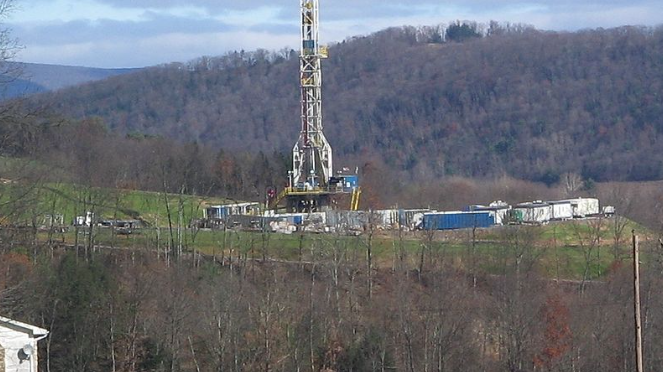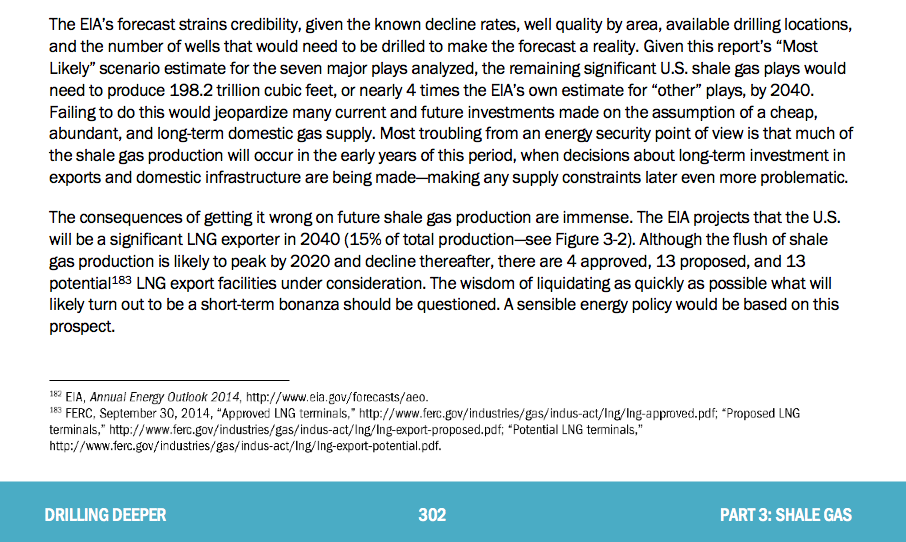Do we really want to bet the Big Island’s future on the Energy Information Agency’s projections? It’s much more prudent to hedge our bets. Have a look at what people are saying about recent projections.
From the Post Carbon Institute:
Shale Gas Reality Check
The Energy Information Administration (EIA) recently released its Annual Energy Outlook 2015. How have their projections and assumptions changed over the last year, and how does it hold up to scrutiny against up-to-date production data from key shale gas and tight oil plays?
In 2014, Post Carbon Institute and David Hughes published the most thorough independent analysis of U.S. shale gas and tight oil production ever conducted, and now that analysis has been updated to assess the most current thinking from the EIA.
The update shows that the EIA’s Annual Energy Outlook 2015 reference case suffers from even greater optimism than the previous year—raising what were already highly questionable projections for cumulative shale gas production through 2040 by nine percent…. Read the rest
This recent Los Angeles Times article is one example of some of the reality:
U.S. officials cut estimate of recoverable Monterey Shale oil by 96%
By Louis Sahagun
Federal energy authorities have slashed by 96% the estimated amount of recoverable oil buried in California’s vast Monterey Shale deposits, deflating its potential as a national “black gold mine” of petroleum.
Just 600 million barrels of oil can be extracted with existing technology, far below the 13.7 billion barrels once thought recoverable from the jumbled layers of subterranean rock spread across much of Central California, the U.S. Energy Information Administration said…. Read the rest
Steve Horn, Research Fellow with DeSmogBlog, also wrote about the EIA’s projects. This article, Drilling Deeper: New Report Casts Doubt on Fracking Production Numbers, appeared in the Huffington Post:
The report’s findings differ vastly from the forward-looking projections published by the U.S. Energy Information Agency (EIA), a statistical sub-unit of the U.S. Department of Energy (DOE).
…”The Department of Energy’s forecasts–the ones everyone is relying on to guide our energy policy and planning–are overly optimistic based on what the actual well data are telling us,” Hughes — a geoscientist who formerly analyzed energy resources for over three decades for the Geological Survey of Canada — said in a press release about the reporting’s findings.
“By asking the right questions you soon realize that if the future of U.S. oil and natural gas production depends on resources in the country’s deep shale deposits…we are in for a big disappointment in the longer term….” Read the rest


